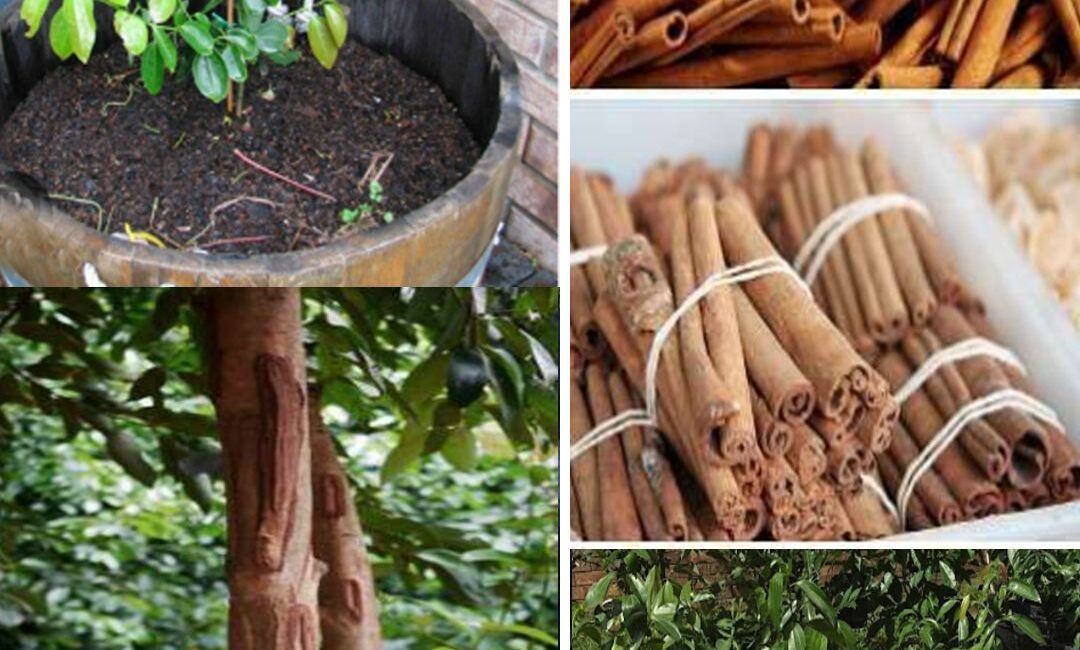Cinnamon, the warm and aromatic spice, is derived from the inner bark of the cinnamon tree. While it might seem daunting, cultivating your own cinnamon tree can be a rewarding experience.
Understanding Cinnamon Trees
Cinnamon trees are tropical in nature, requiring warm and humid conditions to thrive. They can be grown indoors or outdoors, depending on your climate.
Planting Your Cinnamon Tree
- Soil and Location: Cinnamon trees prefer well-draining, sandy loam soil. If you’re planting outdoors, choose a spot with ample sunlight. For indoor cultivation, a bright, warm location is ideal.
- Propagation: Cinnamon trees are typically propagated from cuttings. Ensure the cutting has a few nodes and plant it in a well-draining potting mix.
- Care and Maintenance:
- Watering: Cinnamon trees require regular watering, especially during the growing season. Allow the soil to dry slightly between waterings.
- Fertilizing: Provide a balanced fertilizer every few months during the growing season.
- Pruning: Regular pruning helps maintain the shape of the tree and encourages new growth.
- Temperature and Humidity: Maintain a warm and humid environment. Indoor trees may benefit from a humidifier.
Harvesting Cinnamon
It takes several years for a cinnamon tree to mature enough for harvesting. Once the tree is mature, you can harvest the inner bark.
- Select a branch: Choose a healthy, mature branch.
- Strip the bark: Carefully remove a section of outer bark to expose the inner bark.
- Drying: Dry the inner bark in the shade until it curls into quills.
Note: Harvesting cinnamon bark requires specific techniques and knowledge. It’s essential to handle the tree carefully to avoid damaging it.
Growing cinnamon trees can be a rewarding but time-consuming process. With patience and care, you can enjoy the satisfaction of harvesting your own spice.




